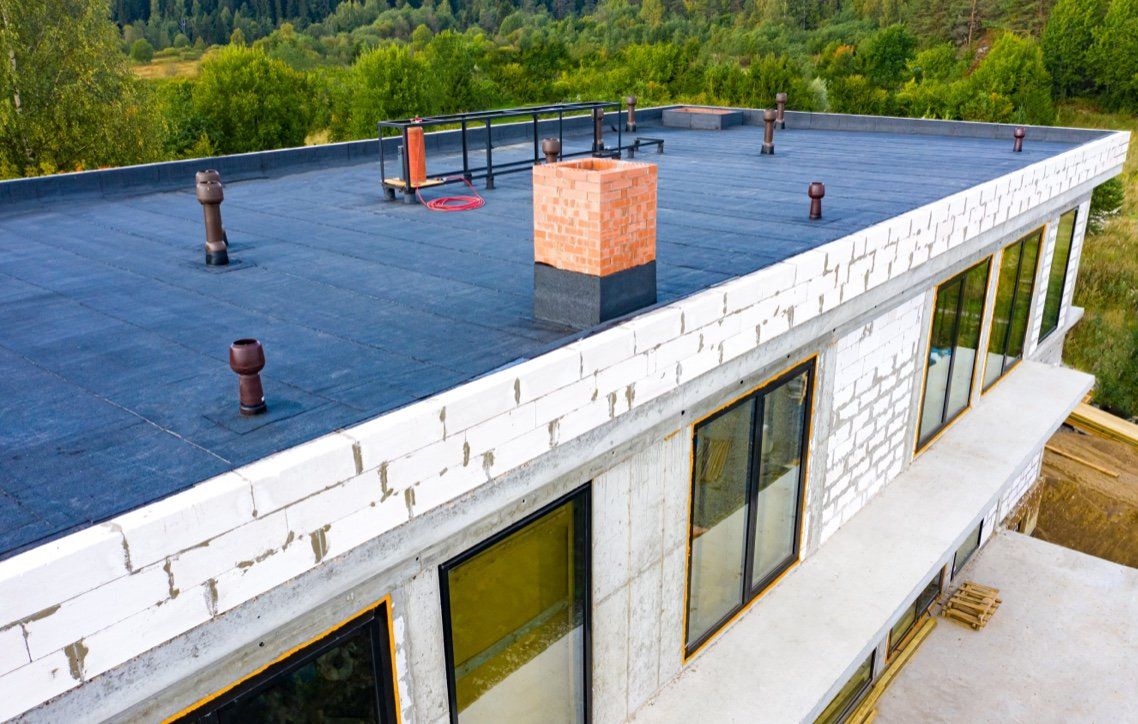Your roof color isn’t just for curb appeal—it has practical implications for your home’s energy efficiency and comfort. Here’s how to choose the best roof color based on your climate.
Understanding How Roof Color Affects Heat Absorption
Roof color has a direct impact on how much heat your roof absorbs. Darker colors, like black, trap heat, warming your home, while lighter roofs, like white, reflect sunlight and help maintain a cooler indoor temperature.
Climate Considerations: When to Go Light or Dark
Choosing the right roof color largely depends on where you live:
- Hot Climates: If you live in a hot climate, a white or light-colored roof will help reflect the sun's heat, keeping your home cooler and saving on energy bills.
- Chilly Climates: For colder climates, darker roofs are better because they absorb heat, helping to maintain warmth inside and lower heating costs.
- Moderate Climates: A balanced choice might involve neutral or slightly darker shades, depending on your home's insulation.
How Roof Colors Affect Energy Efficiency and the Urban Heat Island Effect
White roofs can help mitigate the urban heat island effect, a phenomenon where urban areas become significantly warmer due to dark roofs and pavement. By reflecting sunlight, white roofs cool down cities and reduce energy consumption.
Tips from Weathercraft for Selecting Roof Colors
To help you choose the perfect roof color, keep these tips in mind:
- Climate Suitability: Think about your region’s weather patterns.
- Material Durability: Check that your roofing material is compatible with the selected color.
- Visual Appeal: Consider how the roof color will blend with your home’s exterior for a harmonious appearance.
- Cost-Effectiveness: Weigh the initial cost against future savings on energy bills.
Weathercraft’s experts are here to help you select the best roof color and material for your home and budget.
